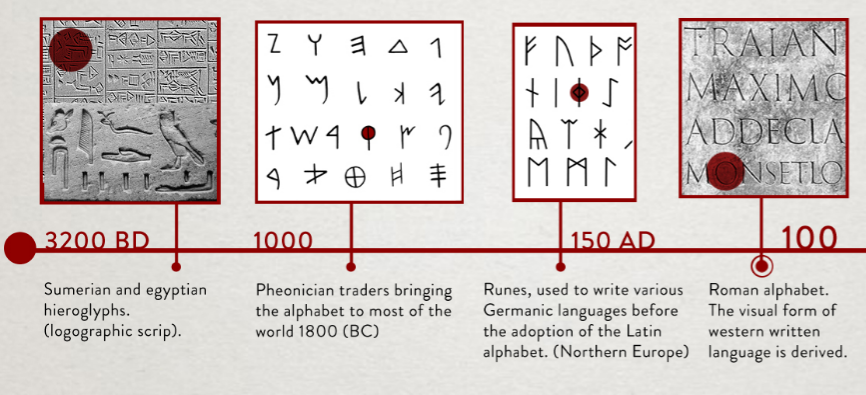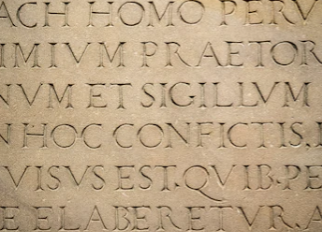Instruction Manual: How To Woodblock Print Like The Chinese
Have you ever wondered how the Chinese used to print over 1000 years ago? Well with this instruction manual, you will not only learn how it was done but be able to recreate their great works today!
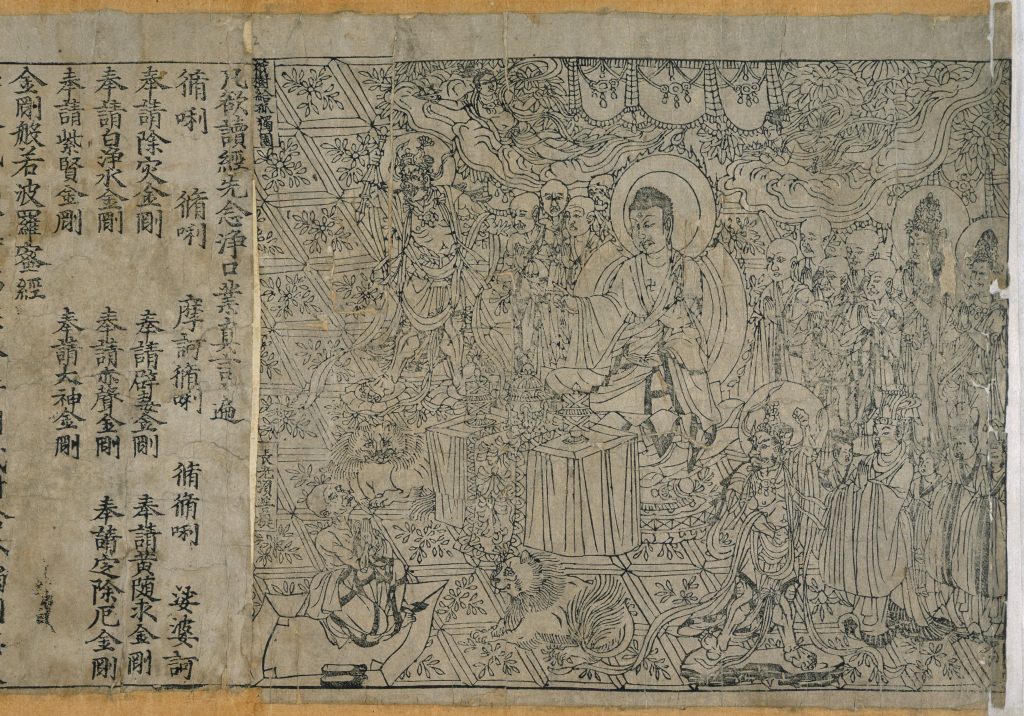
https://en.wikipedia.org/wiki/History_of_printing_in_East_Asia#/media/File:Jingangjing.jpg
The manuscript is transcribed onto thin slightly waxed sheets of paper by a professional calligrapher. The wax prevents the ink from being as readily absorbed into the paper, allowing more ink to be absorbed onto another surface. The paper is placed ink side down onto a wooden block on which a thin layer of rice paste has been thinly spread. The back of the paper is rubbed with a flat palm-fiber brush so that the wet rice paste absorbs some of the ink and an impression of the inked area is left on the block. The engraver uses a set of sharp-edged tools to cut away the uninked areas of the woodblock, in essence, raising an inverse image of the original calligraphy above the background.
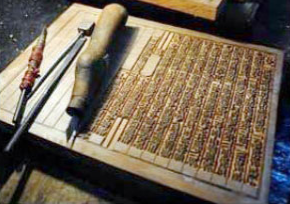
While carving, the knife is held like a dagger in the right hand and guided by the middle finger of the left hand, drawing towards the cutter. The vertical lines are cut first, then the block is rotated 90 degrees and the horizontal lines cut.
Four proof-readings are normally required. the corrected transcript, first sample print from the block and after any corrections have been made. A small correction to a block can be made by cutting a small notch and hammering in a wedge-shaped piece of wood. Larger errors require an inlay. After this, the block is washed to remove any refuse.
To print, the block is fixed firmly on a table. The printer takes a round horsehair inking brush and applies ink with a vertical motion. The paper is then laid on the block and rubbed with a long narrow pad to transfer the impression to the paper. The paper is peeled off and set to dry. Because of the rubbing process, printing is only done on one side of the paper, and the paper is thinner than in the west, but two pages are normally printed at once.
Sample copies were sometimes made in red or blue, but black ink was always used for production. It is said that a skilled printer could produce as many as 1500 or 2000 double sheets in a day. Blocks can be stored and reused when extra copies are needed. 15,000 prints can be taken from a block with a further 10,000 after touching up.
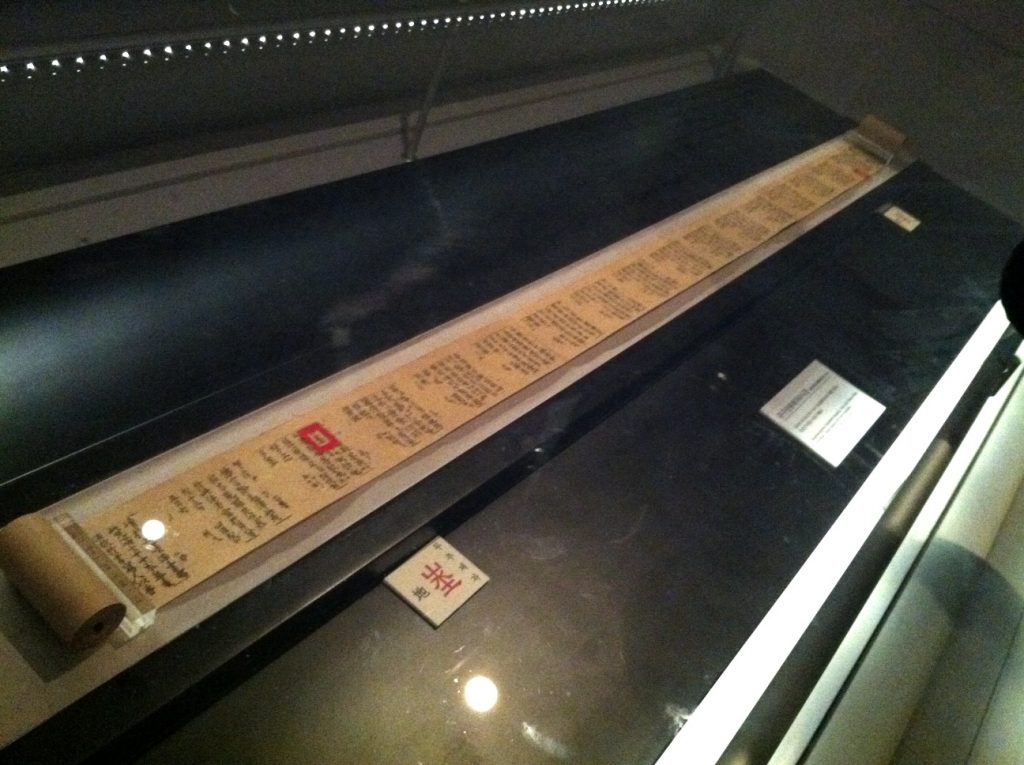
https://en.wikipedia.org/wiki/History_of_printing_in_East_Asia#/media/File:Dharani_sutra.jpg
Citations:
- Carter, Thomas Frances. The Invention of Printing in China, and its spread Westward 2nd ed., revised by L. Carrington Goodrich. NY:Ronald Press, 1955. (1st ed, 1925)
- Fifty Wonders of Korea: Volume 1. Seoul: Samjung Munhwasa, 2007.
- Lane, Richard. (1978). Images from the Floating World, The Japanese Print. Oxford: Oxford University Press. Tsien, Tsuen-Hsuin (1985). Paper and Printing.
- Needham, Joseph Science and Civilization in China. vol. 5 part 1. Cambridge University Press. pp. 201–217.
- Twitchett, Denis. Printing and Publishing in Medieval China. New York, Frederick C. Beil, 1983.

